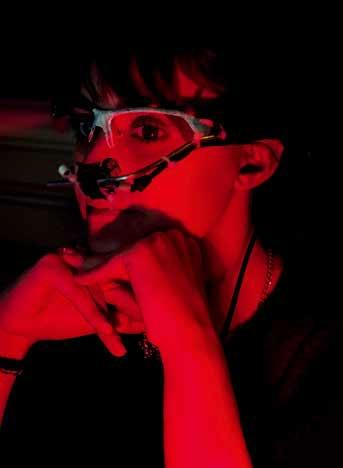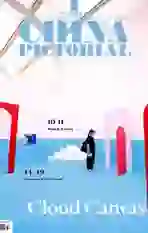Static Travels—From Grand Tour to Online Art
2020-08-10byMiriamMirolla
by Miriam Mirolla



To commemorate the 500th anniver- sary of Raphaels death, the Scuderie del Quirinale in Rome organized an impressive exhibition that was shut down only a few hours after opening due to Italys lockdown to fight COVID-19. The museum promptly uploaded a free video to its website to maintain interest in the event with hopes of a revival.
If art is an expanding group of cultural devices capable of transforming the audiences social wisdom and bringing them into the future, online art will become a key tool to launch a complex journey into the soul.
Grand Tour
Since ancient times, art has always been produced as a site installation in which the observers point of view is crucial. Unique relations with art trigger imagination and awake past experiences. A live approach to art can stimulate a wide range of mental processes that cannot be reached from screen-based exploration.
For example, many Italian cities offer visitors an opportunity to make intimate contact with different artistic theories developed through the centuries, which are often represented in the same area. For example, Florence is a perfect fusion of the Middle Ages and Renaissance styles. But what is the difference between visiting this stunning city in person and through a device? The real experience involves crossing the city center, walking through the Ponte Vecchio, turning left towards a small square, and entering Santa Felicitas church. Finally, visitors can appreciate one of the most gorgeous masterpieces of Mannerist painting—Descent from the Cross by Jacopo Pontormo, a large canvas set in the chapel. A true psychic and emotional experience for the viewer, it is deeply integrated with the architecture and impossible to be fully reproduced on screen.
Travel is a method of learning. In the modern age, the Grand Tour was an important element of European cultural lifestyle that interested the well-off from Britain, France, Germany, the Netherlands, and Russia. Writers, artists, and musicians such as Goethe, Stendhal, Raphael Mengs, and Lord Byron took part in it. The Grand Tour was the first major form of cultural tourism to gain popularity. By the mid-18th century, about 40,000 travelers were traveling from Northern Europe to Italy. Their goal was to study the classics by living and learning in drawing academies.
Through distance learning since the COVID-19 outbreak, the Academy of Fine Arts in Rome, one of the oldest institutions in the world, recently organized the First National Online Meeting along with all 20 Italian Academies. The aim is to share teaching experiences in this difficult time.
A temporary solution is clearly blended learning. But what about practical disciplines such as painting, sculpture, scenography, decoration, and engraving? And what about historical laboratories including the most recent and innovative one, the Laboratory of Art Psychology? They certainly cannot be replaced by remote lessons, virtual laboratories, or online exhibitions.
Online Art
A virtual show about Raphaels life and painting designed by the Italian company Magister Art is set to travel the world. The original paintings of Raphael were transformed in hypertext and LED walls into which the observer can inquire as intimately as a doctor explores the body. Technology enables the patron to enter the work of art and fathom it as a complex universe, and online exhibitions can deepen a hasty encounter with the masterpieces.
Though live experiences are essential in art, the digital acquisition of Italian artistic and monumental heritage promoted by Google Arts and Culture should be considered a valid activity to promote positive outcomes for academic training in art. Furthermore, Italian museums are rapidly adapting to social distancing, introducing online access to their collections and online exhibitions.
Epidemic waves may continue to limit the possibility of real experiences. Switching from real to online exhibitions results in gains as well as losses. Patrons save time and money by surfing rapidly while still at home. People can consume thousands of pieces of informational data daily while still avoiding gathering in museums in terms of psycho-physical experiences. Furthermore, people can avert the possibility of enduring the unpredictable and extraordinary cocktail that is aesthetic experience—the basic platform for every human interaction, for individual and social evolution, the encounter point among the Self, the Other, and reality.
But online art is already succeeding as a considerably important tool of cultural survival, a pre and post learning moment. Digitalization is succeeding in “bringing the observer into the center of the painting,”as the Futurist painter Umberto Boccioni envisioned in the early 20th century. Online exhibitions make viewers the center of the work and their thoughts and emotions essential facets of the aesthetic experience.
Focus on the viewer has pushed a new paradigm shift: online exhibitions will become a new conceptual frontier combining the Grand Tour and Depth Psychology with real and virtual knowledge to ultimately transform the observer into a perfect motionless traveler.
